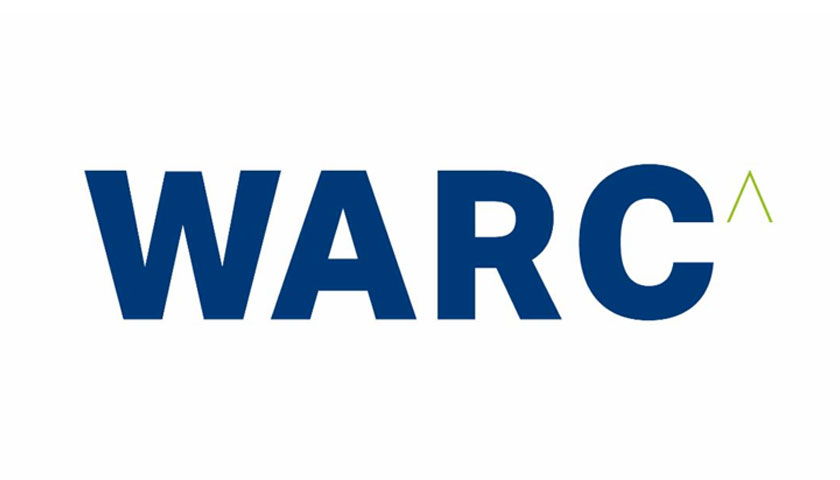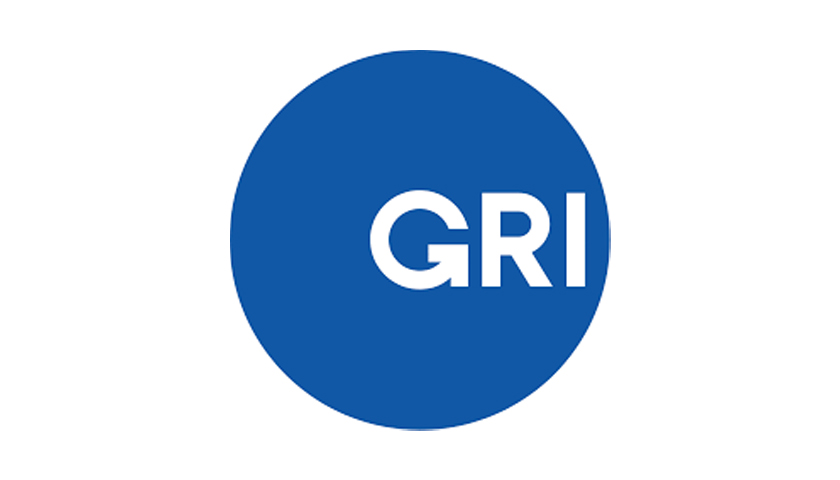The ASA/CAP have released a post which talks about ASA – Five New Year Resolutions for January Sales. I have enclosed the text of the link below, but please have a look at the ASA/CAP site as there are lots of things of interest to anyone with an interest in Ethical Marketing.
After a festive season of gift-buying and over-indulging, consumers
are usually exhausted – as are their wallets. But it’s never long before
January sales bargains get them back into the swing of spending. To
keep these promotions legal, decent, honest and truthful, the CAP Code includes a series of rules dedicated to Promotional Marketing (Section 8), as well as more general Misleading Advertising rules (Section 3).
Whether you’re planning to communicate reductions by offering ‘[up to]
X% off’ or state was/now prices, make sure the benefits can actually be
achieved. If they can’t, are exaggerated, or have conditions that are
not made clear, consumers are likely to be disappointed – and more
importantly, misled.
Start the way you mean to go on with your promotional marketing this year by making these five New Year resolutions;
1. I will properly qualify my sale claims and state all significant conditions
Avoid making general “SALE” statements without making clear exactly what is included. If you indicate that a sale is on “selected lines only”, make sure a reasonable number of categories are included and if your sale is on – for example – selected electrical items only, make clear that the sale is limited to that category.
Similarly, you must include all significant terms and conditions (T&C’s) upfront in your promotional marketing. T&C’s are considered significant if they are likely to affect a consumers understanding of the promotion and their decision on whether or not to participate, and rule 8.17 lists conditions that are likely to be considered significant. All other T&C’s should be clearly signposted and easily accessible by consumers.
For more general advice on claims that require qualification see our guidance here and for T&C’s see here.
2. I will make an estimate of the likely demand and communicate availability
You need to make a reasonable estimate of the likely response to a promotionand be able to demonstrate that you have done so. You’ll also need to show that you were capable of meeting that response or that consumers were given appropriate information regarding availability (in the ads) to decide whether participate. Stating “subject to availability” is rarely sufficient on its own.
See our general and promotions-specific advice on availability for more.
3. I will state prices fully and accurately
Price statements should not mislead by omission or exaggeration. If non-optional charges apply in addition to the cost of the item, be sure to make that clear in the body copy. If non-optional charges apply per item, they should ideally be included in the quoted price. If a one-off delivery or transaction fee is charged per order, and there are no other means for your customers to avoid these costs, make them clear on the product page.
See our advice on prices, compulsory costs and charges and delivery charges for more.
4. I will hold relevant evidence to support savings claims
If you want to make savings claims, you’ll need to make the basis of the comparison clear and hold evidence to show that the savings are genuine. By way of some examples;
- Any reference prices, such as ‘was’ prices, should be the established usual selling price and recency, pricing history, sales data, sales and distribution channels will all affect whether a higher price is sufficiently ‘established’.
- Take care when using ‘RRP’s’ to ensure that the price accurately reflects what consumers will generally pay for the product across the market and that you have evidence to prove this.
- When using “from” or “up to” to advertise a saving, you need to ensure that a significant proportion of sale items are available at the lowest price or discounted by the maximum amount, and that these claims represent the true overall picture of the price promotion.
See our guidance here for further advice on promotional savings claims.
5. I will not change a closing date (outside of very specific circumstances where it’s ok)
If the end of your sale isn’t just subject to the availability of relevant items, then you might need to state a closing date to avoid misleading consumers. Closing dates are significant conditions so they must be stated in your marketing and must not be changed unless unavoidable circumstances beyond the control of the promoter make it necessary and not to change the date would be unfair to those who sought to participate within the original terms, (or those who sought to participate within the original terms will not be disadvantaged by the change).
For more on closing dates, see here.
As ever, if you need help and guidance on your non-broadcast promotions, contact the CAP Copy Advice team on 0207 492 2100 or submit a query via the website.



